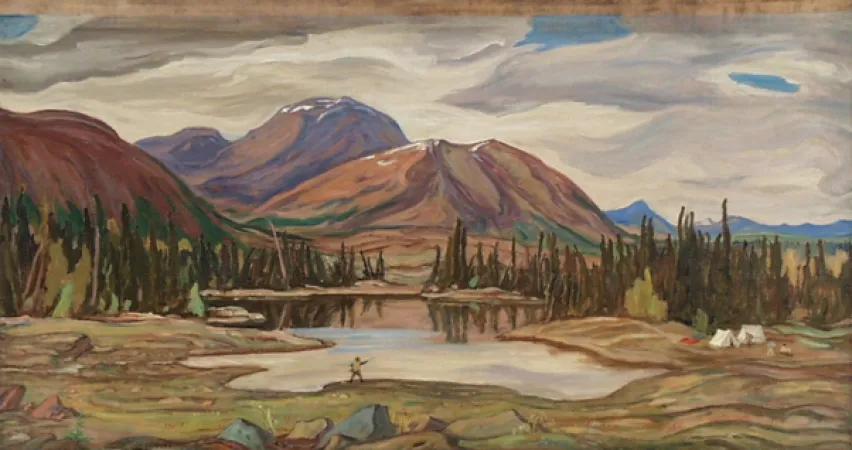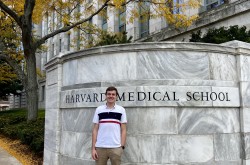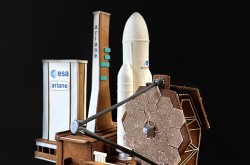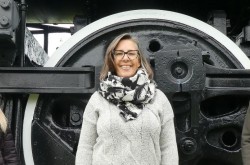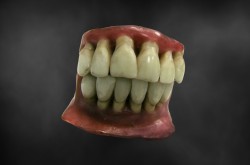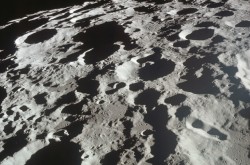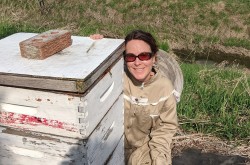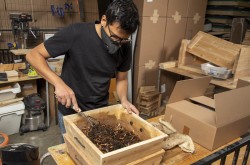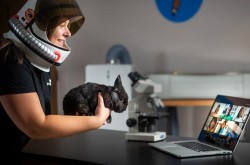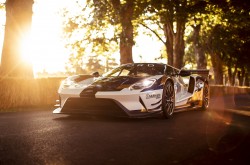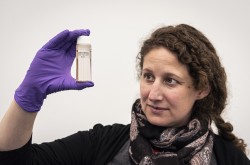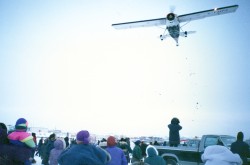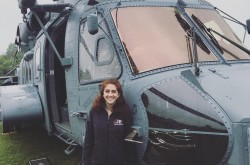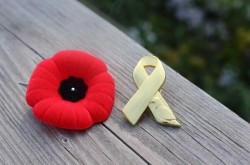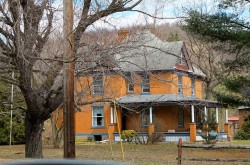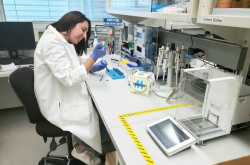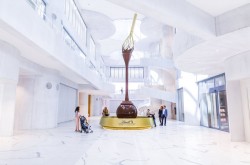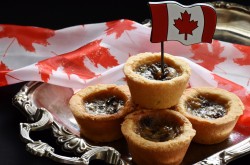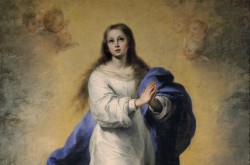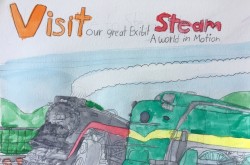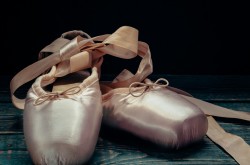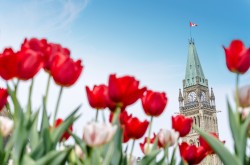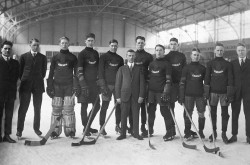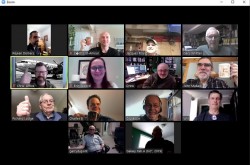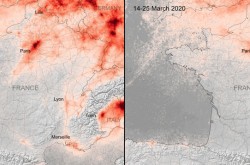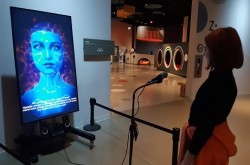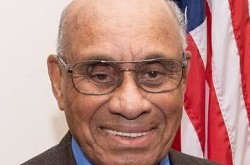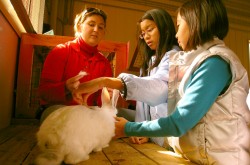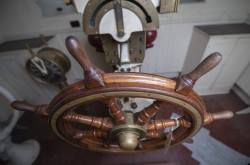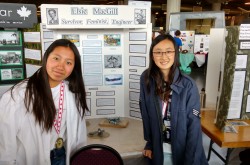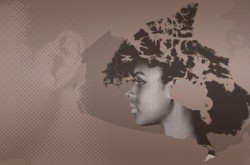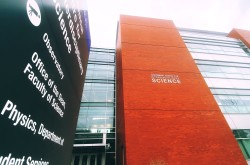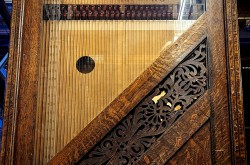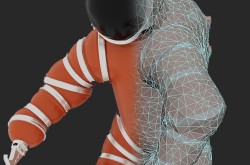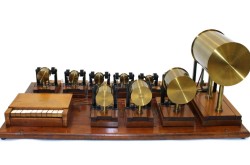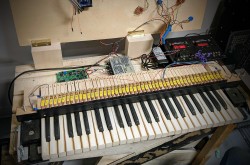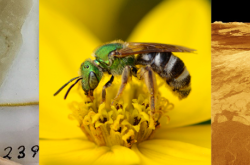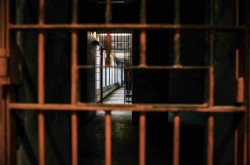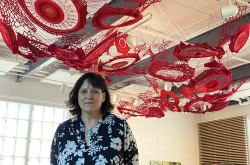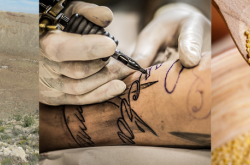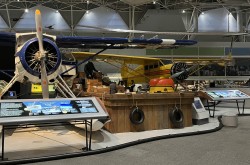Group of Seven artwork has a home amongst science and technology artifacts

The notion of a science museum collecting famous art might seem a bit peculiar — until you know the full story.
As Canadian art aficionados celebrate the centenary of the formation of the Group of Seven this spring, it’s a fitting time to reflect on the group’s link to the Canada Science and Technology Museum in Ottawa. The Park Car Murals — which include artwork from three members of the Group of Seven — are artifacts in the museum’s collection because they were a significant part of Canada’s rail transportation history.
“The Park Car Murals are not just beautiful works of art,” explains Sharon Babaian, Curator of Land and Marine Transportation. “These paintings represent the last great era of passenger rail travel in Canada; they highlight how a wilderness once considered an obstacle to development became a valuable resource to exploit.”
In the mid-1950s, says Babaian, the Canadian Pacific Railway (CPR) updated and upgraded their passenger service in an effort to compete with air and automobile travel. The CPR purchased 173 stainless steel streamlined rail cars from the Budd Company of Philadelphia. The Royal Canadian Academy was asked to coordinate the selection of leading Canadian artists to paint murals for each of the 18 dome-observation cars, one of which travelled at the end of each transcontinental train. They named each car after a park along the route.
“To decorate the lounges, they commissioned famous Canadian artists including A.Y. Jackson, A.J. Casson, Edwin Holgate, and Charles Comfort to paint murals of each park,” says Babaian. “Each car had a main mural and a ‘vague continuation’ of the image that covered the adjacent side wall and fitted around the windows. These paintings were one important component of the railway’s plan to promote travel, by presenting ‘to world travelers the scenic and touristic beauty’ of the Canadian landscape.”
Each artist was paid $1,400 for the three paintings each produced. Of the 17 Park Car Murals in the museum’s collection, three were painted by artists who were part of the Group of Seven.
Alexander Young Jackson
Among the Park Car Murals in the museum’s collection is A.Y. Jackson’s oil painting, Camp Lake, which depicts Kokanee Glacier Provincial Park in British Columbia. Born in Montreal in 1882, Jackson was a war artist during the First World War. After returning to Canada following the war, he became a founding member of the Group of Seven in 1920.
Jackson based his Camp Lake painting on a photograph by Ross Fleming, which was provided by the CPR. In his book, Murals from a Great Canadian Train, Ian Thom describes how Jackson’s use of colour made his piece so distinctive.
“Jackson’s use of colour is extremely interesting,” writes Thom. “He employs what are, at first glance, dull colours — browns, yellows, greens, grays, blues and purples. There are only occasional bright highlights, but these are applied to startling effect. Almost any section of the mural reveals an amazing subtlety of colour and paint application. The smaller of the two moutains in the main mural is, for example, largely defined by the complex variety of colour rather than by the use of line.”
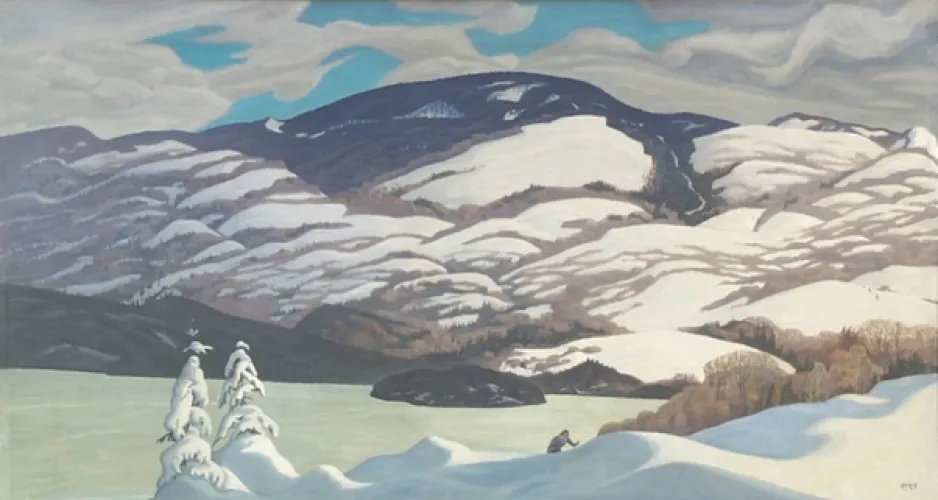
Mont Tremblant Provincial Park, by Edwin Holgate (Artifact no: 1987.0007.001).
Edwin Holgate
Edwin Headley Holgate (1892-1977) was commissioned to create Mont Tremblant Provincial Park, which represents “1,200 square miles of picturesque, Laurentian countryside,” writes Thom. He goes on to praise Holgate’s main mural.
“The light, which comes from the right and is probably filtered by clouds, suffuses the whole composition. Holgate’s use of colour is understated — the blues, browns and whites combine to create an image which is cool rather than cold, deeply satisfying rather than exciting. The skiers and we as viewers are at one with the landscape.”
Born in Allandale, Ontario, Holgate lived in the Montreal area for most of his life. A close friend of A.Y. Jackson, Holgate was invited to join the Group of Seven in 1931.
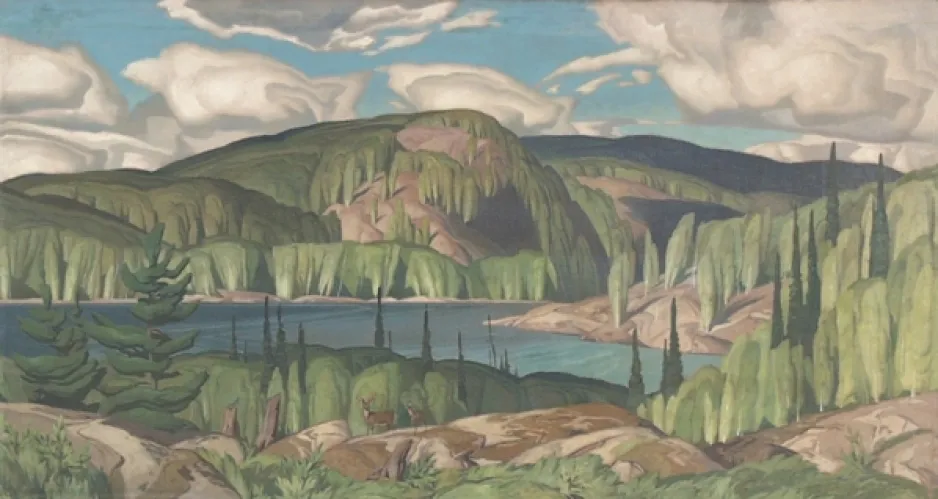
Algonquin Provincial Park, by Alfred Casson (Artifact no: 1987.0003.001).
Alfred Joseph Casson
Alfred Joseph Casson (1898-1992) painted Algonquin Provincial Park, the Park Car Mural which salutes the massive park between Pembroke and North Bay, Ontario.
In his book, Thom comments that “commissioning A.J. Casson for the Algonquin Park mural was a particularly good choice. He had ‘…made many sketches in Algonquin Park over a period of about ten years and had plenty of first-hand reference.’”
Thom writes that “in most respects, the composition was obviously satisfying to both artist and patron. The finished mural is faithful to the sketch in virtually every detail.” However, he notes that Casson was asked to add two deer and a bluejay to the piece, which detracted from the end result.
“Ironically, the animals are the only jarring element in the composition. In terms of scale they are incongruous – the jay would be huge. More importantly, they are blatantly artificial in an otherwise ‘natural’ landscape.”
Born in Toronto, Casson had a distinguished career as an artist and designer. In 1925, he helped to form the Canadian Society of Painters in Watercolour. The following year, he was invited to join the Group of Seven.


